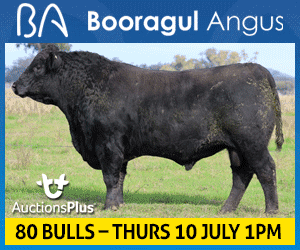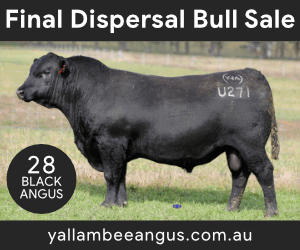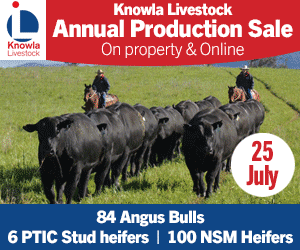Collecting 200 Day Weights
Live weights taken on calves when the average age of the contemporary group is between 80 and 300 days of age are used to calculate both 200 Day Growth EBVs and Milk EBVs within the TransTasman Angus Cattle Evaluation (TACE).
Recording 200 day weights
All weights should be recorded using appropriate (and accurate) scales. Do not guess/estimate weight or use measuring tapes to calculate weight. Either weigh the calves using appropriate scales or don’t record weights. Weights should be recorded to the nearest kilogram.
When should 200 day weights be collected?
The 200 day weight for a calf needs to be recorded when the average age of their contemporary group is between 80 and 300 days of age.

Within this age range, a date should be chosen that fits in with normal, routine management practices (e.g. weaning) and is reasonably close to when the average age of the group of calves is 200 days of age. TACE provides suggested weigh dates to assist you when making this decision.
If particularly looking to optimise the quality of Milk EBVs, 200 day weights should be collected at or before weaning. Likewise, if a significant number of cows have weaned calves naturally (i.e. have “dried off”) before the calves are “physically” weaned, then it may be beneficial to consider taking an early weight on all calves.
Calves do not need to be weighed when they are all individually 200 days of age on the day of weighing, but rather the whole contemporary group weighed when the average age of the group is approximately 200 days (i.e. 6 – 7 months).
- 200 day weights should be collected for all animals in a contemporary group. Only recording 200 day weights for a subset of calves is of no value and can lead to biased 200 Day Growth EBVs.
- All calves in a contemporary group should be weighed on the same day. TACE will not directly compare the 200 day weights of calves that have been weighed on different days. Similarly, any subsequent performance for calves weighed on different days at 200 days will also be analysed in separate groups (e.g. 400 day weights, ultrasound scanning measurements).
- 200 day weights should be collected when animals are in as large a group as possible. Consequently, try to collect 200 day weights before any of the calves in a management group are treated differently. For example, before some bulls are castrated at marking or the show team is separated from the rest of the contemporary group.
- There is no requirement to curfew or “empty out” calves prior to weighing for TACE. Care however should be taken to ensure that the weights of some calves are not unduly affected by significant differences in the length of time off feed and water prior to weighing.
Click here to print
Angus Australia acknowledges the funds provided by the Australian Government through the Meat & Livestock Australia Donor Company (MDC).
This resource was created as a result of a collaboration between Angus Australia and Meat & Livestock Australia Donor Company (MDC) (Project P.PSH.1063).






